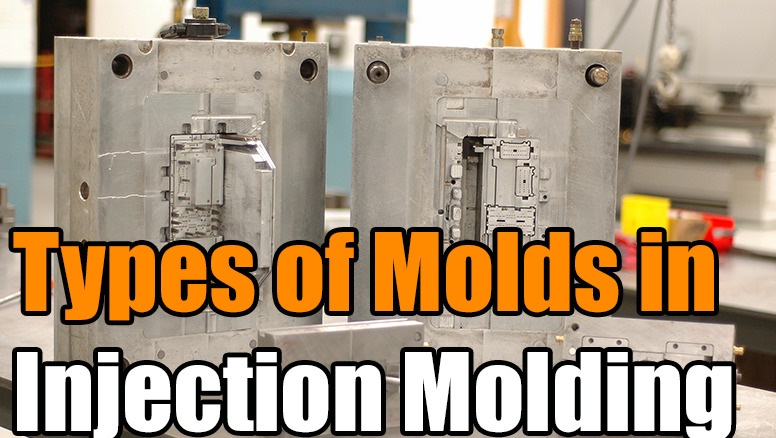The manufacturing world is evolving, and plastic is the primary material used to make items from synthetic body parts to automotive. With the need to create essential components and ensure optimal performance, manufacturers are now choosing to use plastic injection mold. Thus, to suit multiple industry needs, there are several types of injection mold available, offering extraordinary features and benefits. And an application’s specifications can determine the right molding process for a specified part. Below are the common injection mold types.
- Family Mold
A family mold refers to a single mold base with two or more cavities that allow for the intense production of different parts. These parts can be produced simultaneously.
The shut-offs can also be used in isolating production to the selected cavities. Also, to get impeccable results, the parts need to be similar in resin, volumes, and shape.
Automation can be necessary for separating the pieces, particularly after production. And if the cost of the mold is anything to go by, then a family mold is your best option.
- Hot Runner Molds
Hot runner molds use tools set at a temperature-controlled setting to condense the runner scrap in the cycle. This can help improve various cycle times. A sprue system can be used in determining the molding cycle. Hot runner molds need a temperature controlling for a press to run in.
A controller is then used to match the manifold found in the mold. That said, you should note that the hot runner molds have a high maintenance cost. But, the return on investment is always invaluable, especially for applications that need expensive engineering grade resins.
- Cold Runner Molds
A cold runner mold is a system that operates at a cold temperature without any additional heating systems. Usually, the sprue, runner, as well as the gate, are cooled alongside the molten material and additional plastic ejected.
The plastic molten can quickly be recovered and then recycled if it created from a thermoplastic resin.
- Single Cavity
Single cavity mold produces a single part for every cycle. The initial investment is lower compared to other forms of molds. For that reason, it is often used for more economical production rates.
Unlike the multi-cavity mold, a single mold is useful in ensuring that production is always running even if there happens to be a breakdown in a single mold. Single cavity mold is flexible in controlling injection molding processes.
- Two-plate injection Mold
Two-plate injection mold comprises a single parting plane. The mold will then split into two major halves at a parting place while the runner system has to be located on the same parting plane. The system is generally used for parts that are gated around their edge.
Take-Home
There you have it from revered experts in this field. Selecting the right type of injection mold highly depends on the geometry, production volume, quality, and design tool. The highlighted plastic molding processes come with unique features and added advantages, making every style ideal for different applications.
